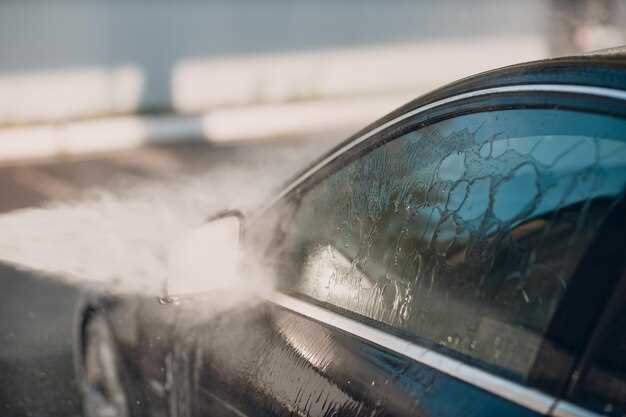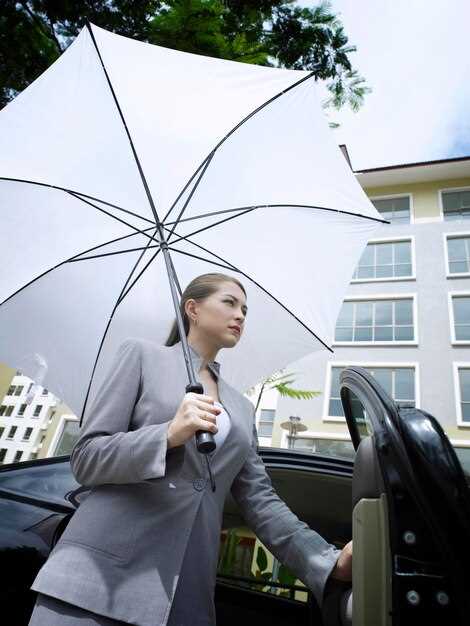

Ensuring the longevity and optimal performance of your car requires more than regular servicing and maintenance; it also demands effective protection against harsh weather conditions, particularly sun and humidity. These environmental factors can cause significant damage over time, including faded paint, cracked interiors, and rust formation. Therefore, taking proactive steps to shield your vehicle from these elements is crucial for preserving its value and appearance.
Sun exposure can lead to severe cosmetic and functional issues. The ultraviolet (UV) rays can deteriorate your vehicle’s paintwork, leaving it looking aged and worn out. On the other hand, excessive humidity can promote the growth of mold and mildew, as well as accelerate corrosion on metal surfaces. This makes it essential for car owners to employ strategies that provide robust protection against both sun and moisture, ensuring your vehicle remains in top condition for years to come.
This article aims to equip car owners with practical tips and tools to effectively protect their vehicles from the detrimental effects of sun and humidity. By applying these strategies, you can enhance your car’s durability and safeguard your investment, making it easier to enjoy the open road and all the adventures it brings.
Choosing the Right Car Cover for Weather Protection
Selecting the appropriate car cover is crucial for safeguarding your vehicle against various weather conditions. A high-quality cover not only protects against sun damage but also shields from humidity, rain, and dirt. When choosing a car cover, consider the material. Look for breathable fabrics that repel water while allowing moisture to escape, preventing mold and mildew from forming underneath the cover.
Next, evaluate the fit of the cover. A properly fitting cover will provide better protection, as it prevents wind from slipping it off and reduces the chance of scratches caused by flapping fabric. Many manufacturers offer custom-fit options to ensure maximum coverage. Additionally, check for features like reinforced seams and elastic hems, which enhance durability and ease of installation.
Moreover, consider the climate in your area. If you live in a region with extreme temperatures or frequent storms, you may need a heavier-duty cover made from UV-resistant materials. For those in milder climates, a lighter, more portable option may be sufficient. Remember to choose a cover that is easy to put on and remove, allowing for regular use without hassle.
Lastly, ensure the cover is designed with security in mind. Look for models with tie-down straps or locking mechanisms to prevent theft. In selecting the right car cover, you will effectively extend the life of your vehicle while keeping it clean and safe from the elements.
Maintenance Tips for Car Covers in Humid Environments

In humid environments, proper maintenance of car covers is essential to ensure optimal protection against moisture and unfavorable weather conditions. To prolong the life of your car cover, it is crucial to choose a breathable material that can effectively repel water while allowing moisture to escape. This feature prevents mold and mildew, which can damage both the cover and the vehicle beneath it.
Regular cleaning of the car cover is necessary. Use a mild soap solution and a soft brush to remove dirt and algae that may accumulate due to humidity. Rinse thoroughly and allow the cover to dry completely before storing it. Avoid using harsh chemicals, as they can degrade the fabric and diminish its protective qualities.
Store your car cover in a cool, dry place when not in use. If you have to leave the cover on the vehicle for an extended period, ensure that it is not in direct contact with wet surfaces to prevent moisture retention. Additionally, consider using a cover with UV protection features, which can help shield your car from sun damage, complementing the humidity protection.
Inspect the cover regularly for any signs of wear, such as fraying or tears. Promptly repair any damage to maintain its protective capabilities. Finally, use the cover consistently, even during short periods of inactivity, to ensure your vehicle remains safeguarded from potential weather-related harm.
Best Practices for Parking Your Vehicle Under Direct Sunlight

When parking your car in direct sunlight, implementing effective strategies can significantly protect your vehicle from the adverse effects of heat and humidity. One of the best practices is to utilize a high-quality car cover designed to reflect sunlight. This acts as a barrier against UV rays, helping to maintain a more stable internal temperature and preventing the interior materials from fading.
Whenever possible, choose shaded areas such as trees or structures. Parking under shade minimizes the exposure of your car to harsh weather conditions, reducing the risk of overheating. However, be mindful of falling branches and bird droppings when opting for natural shade.
If shade is unavailable, consider investing in a sunshade for your windshield. This accessory can dramatically lower the temperature inside your vehicle, making it more comfortable to enter after long exposure to sunlight. It also protects the dashboard from cracking and fading.
Regularly check and maintain your car’s exterior and interior by applying protective products. Waxing the exterior can guard against UV damage, while using a protectant on dashboard surfaces helps retain the original color and texture of materials.
Finally, always park with the nose of your car facing east, if possible. This positioning allows your vehicle to cool more effectively in the evening as the sun sets, reducing overall heat buildup throughout the day.






